Throughout human history, art has been an essential form of expression, evolving from primitive cave drawings to the elaborate masterpieces we recognize today. Even those with limited art knowledge can readily identify the valuable works of renowned artists like Vincent Van Gogh, Leonardo Da Vinci, Claude Monet, and Pablo Picasso.
The world of art has transcended its humble origins, and in the modern era, certain paintings fetch astronomical sums. These prized artworks are often considered priceless, residing in museums where they are seldom sold. Nevertheless, in the broader art world, significant sums change hands regularly as individuals and institutions buy and sell the most expensive paintings globally.
But why do paintings command such staggering prices? In 2023, the art world is witnessing an influx of collectors worldwide, driven in part by relaxed government restrictions in countries like India and China. This new demographic of collectors and investors is eager to engage in the buying and selling of valuable paintings.
Art has always been intertwined with notions of fame, luxury, fashion, and wealth since its inception centuries ago. Whether one is an art connoisseur or an opportunist, owning the most expensive painting is not just a symbol of prestige but also a mark of affluence.
There exists a substantial demand for costly paintings and high-quality artwork among wealthy collectors. This demand often outpaces the available supply, resulting in price inflation through basic supply and demand dynamics. Additionally, the scarcity factor plays a crucial role since many renowned artists are deceased and can no longer create new works like their iconic pieces.
Art professionals, including artists, gallery owners, museum curators, and dealers, exert significant influence over art prices. They play a pivotal role in generating demand and promoting artworks, ultimately determining the value of a piece. These individuals serve as gatekeepers in the art industry, shaping perceptions of artistic quality and identifying emerging talents.
Now, let’s delve into the top 10 most expensive paintings in the world, exploring the valuable gifts left to us by these celebrated artists.
“Salvator Mundi” by Leonardo Da Vinci
-
- Auction Price: $450 Million (Christie’s New York, 2017)
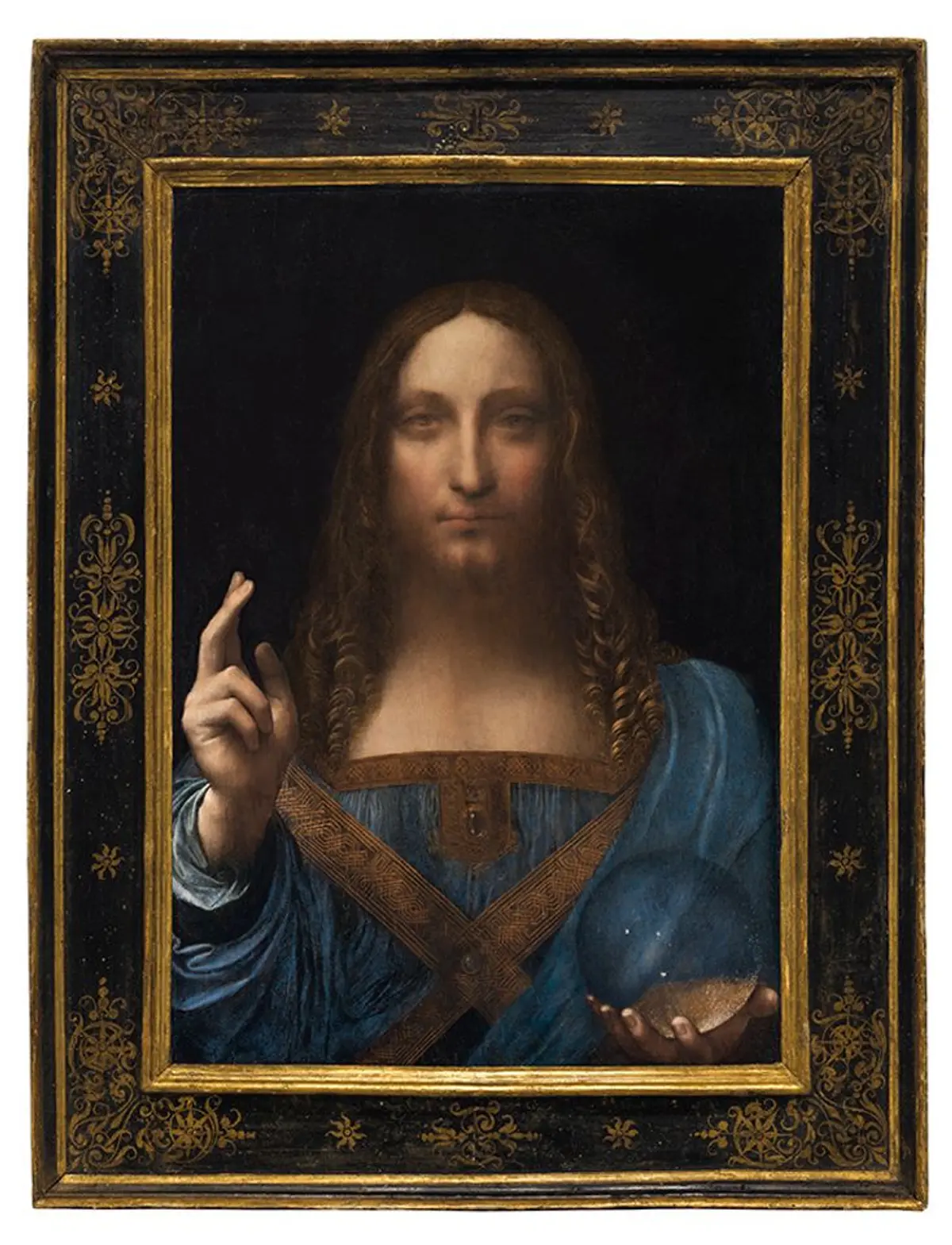
“Interchange” by Willem de Kooning
-
- Auction Price: $300 Million (Private Sale, 2015)

“The Card Players” by Paul Cézanne
-
- Auction Price: $250 Million (Private Sale, 2011)

“Nafea Faa Ipoipo” by Paul Gauguin
-
- Auction Price: $229 Million (Private Sale, 2015)
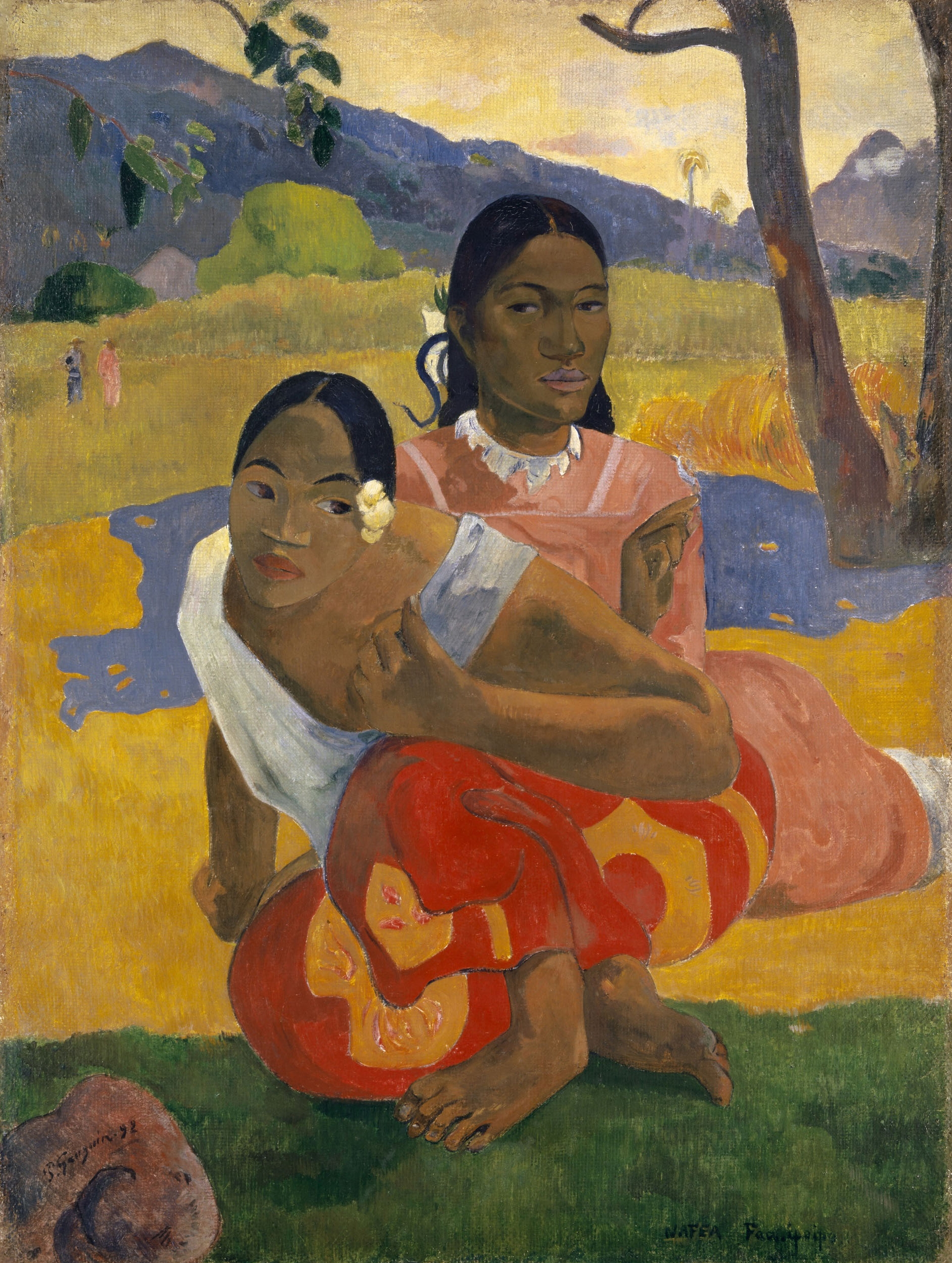
“Number 17A” by Jackson Pollock
-
- Auction Price: $200 Million (Private Sale, 2015)
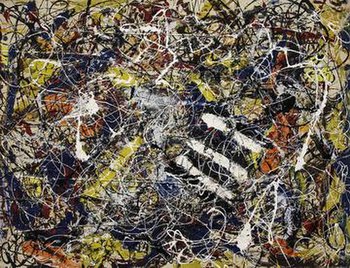
“No. 6 (Violet, Green, and Red)” by Mark Rothko
-
- Auction Price: $186 Million (Private Sale, 2014)
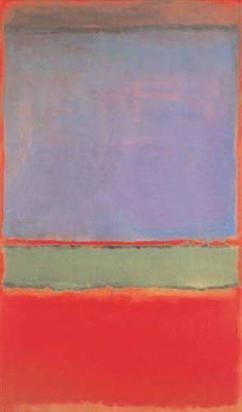
“Pendant Portraits of Maerten Soolmans and Oopjen Coppit” by Rembrandt
-
- Auction Price: $180 Million (Private Sale, 2015)
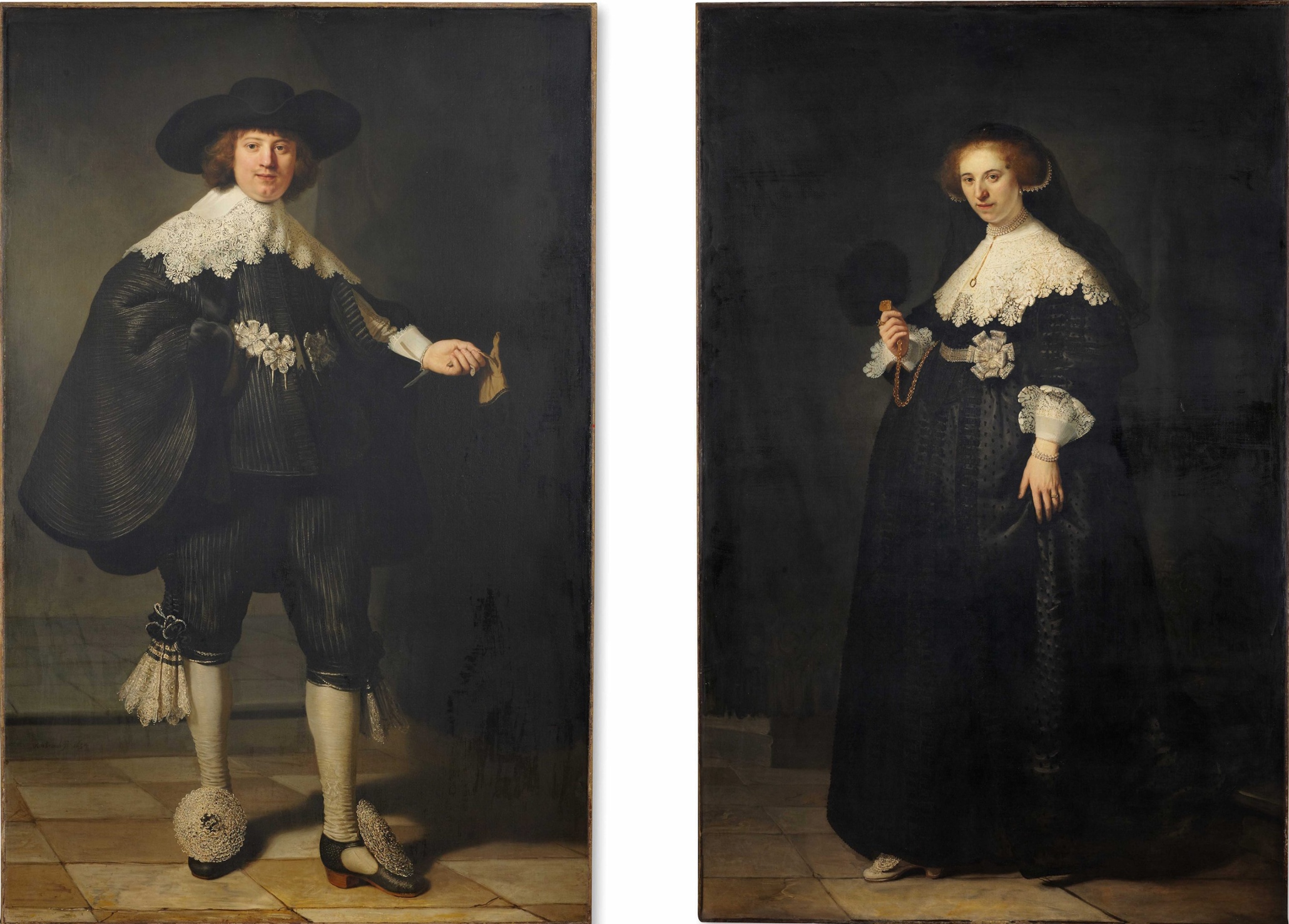
“Les Femmes d’Alger Version O” by Pablo Picasso
-
- Auction Price: $179 Million (Christie’s New York, 2015)
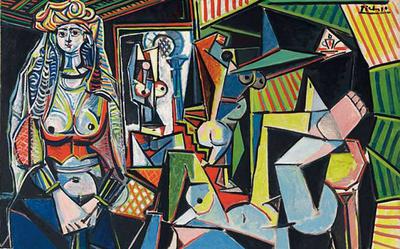
“Nu couché (Reclining Nude)” by Amedeo Modigliani
-
- Auction Price: $170 Million (Private Sale, 2015)
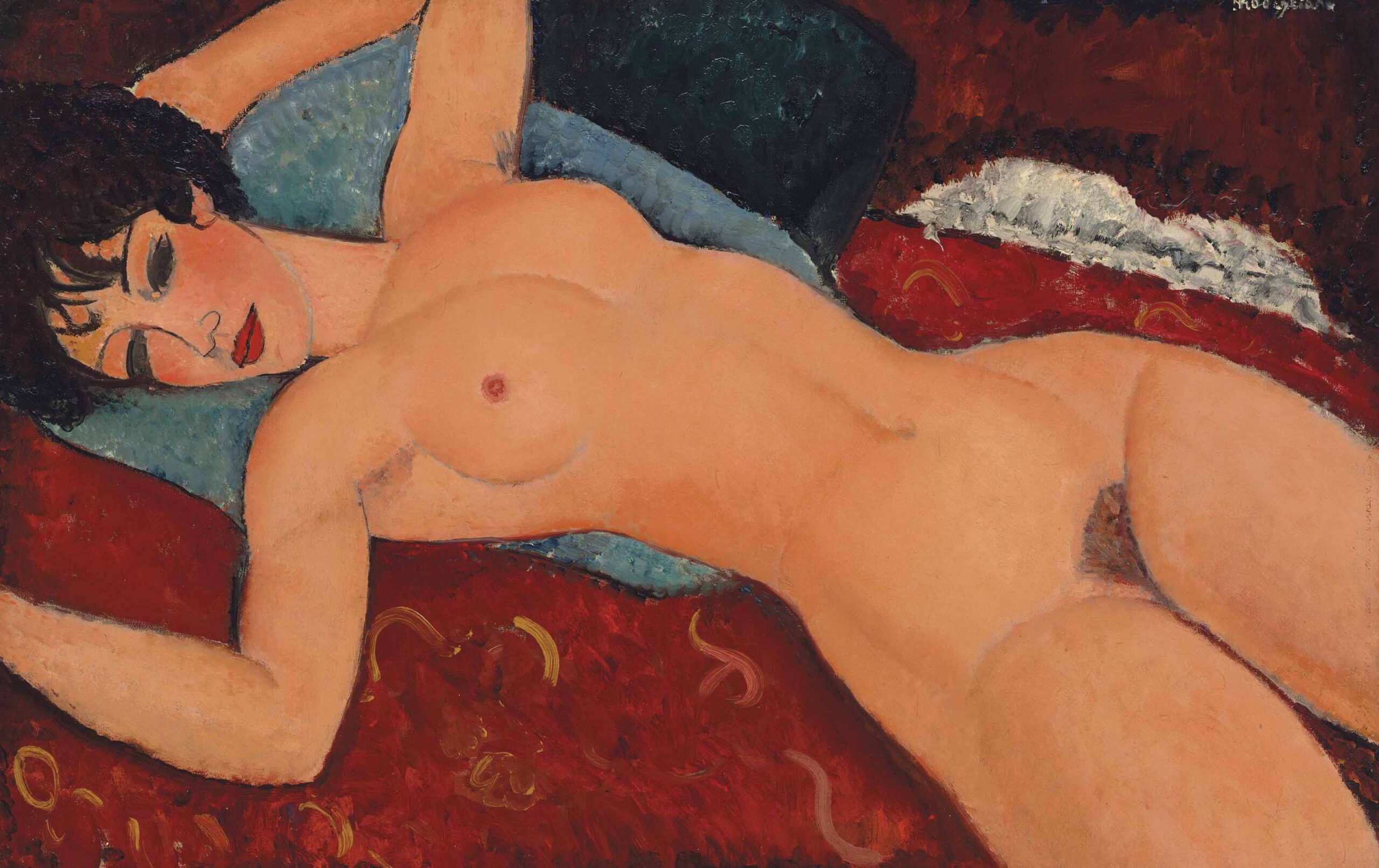
“Masterpiece” by Roy Lichtenstein
-
- Auction Price: $165 Million (Private Sale, 2017)
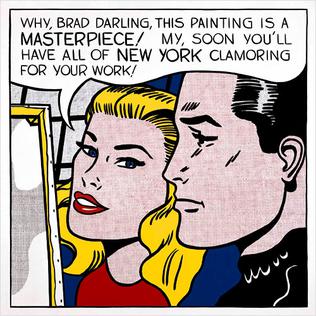
These astounding prices underscore the enduring allure of art and its capacity to captivate collectors, investors, and enthusiasts worldwide. Each of these masterpieces has its own unique story and value, contributing to the ever-evolving landscape of the art market.

